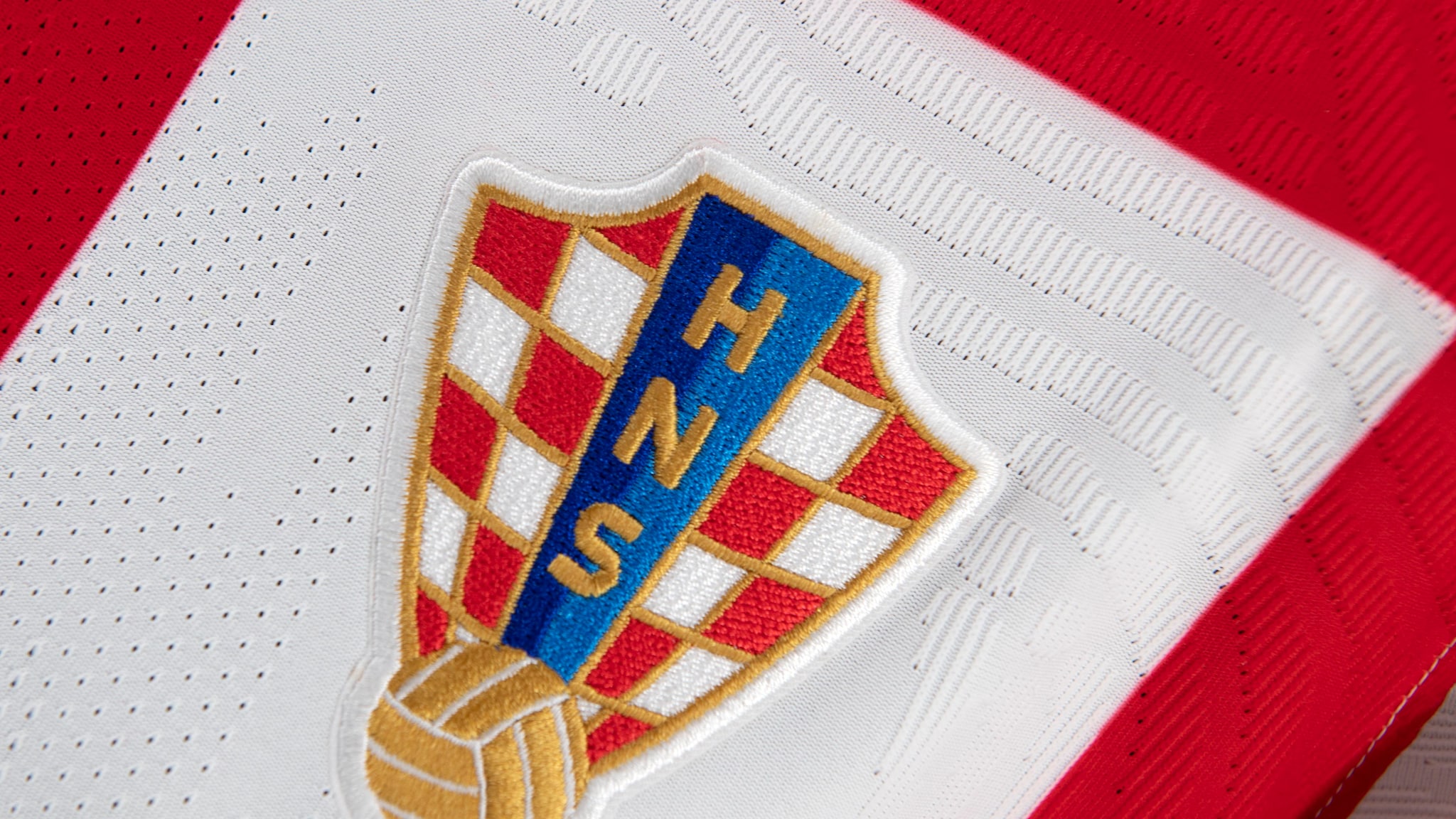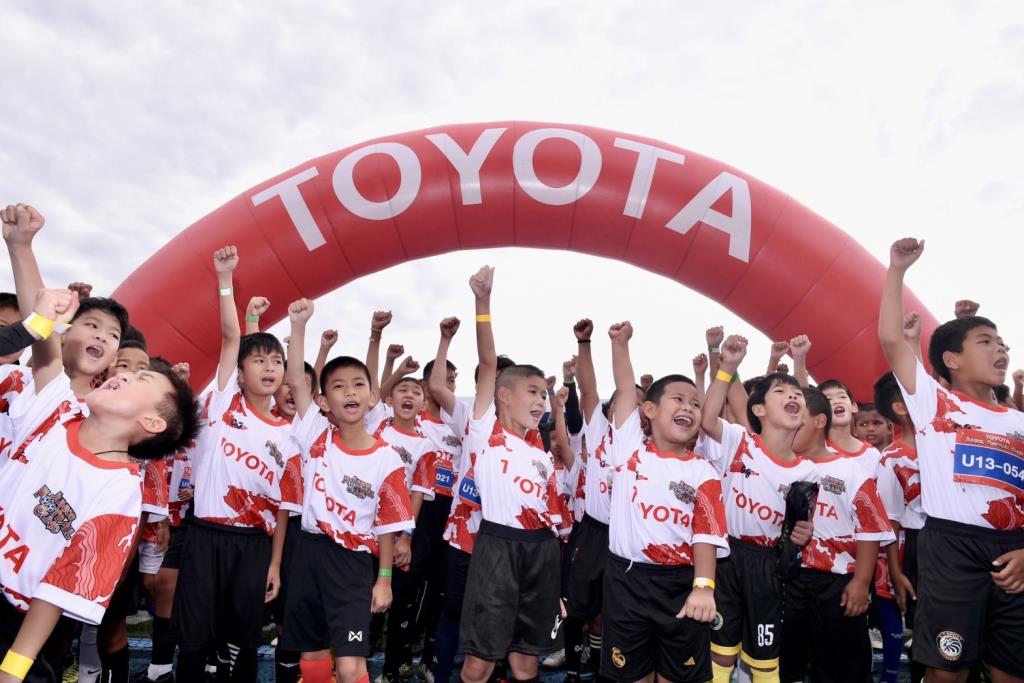“Youth Football Development in Croatia: A Breeding Ground for Talent
Related Articles Youth Football Development in Croatia: A Breeding Ground for Talent
Youth Football Development in Croatia: A Breeding Ground for Talent
Croatia, a small nation with a population of just over four million, has consistently punched above its weight in the world of football. From the golden generation of the late 1990s, led by Davor Šuker, to the modern-day stars like Luka Modrić, Ivan Rakitić, and Ivan Perišić, Croatia has consistently produced world-class players. This success is no accident; it is the result of a well-structured and effective youth football development system.
Historical Context
The roots of youth football development in Croatia can be traced back to the former Yugoslavia. During this period, football was a popular sport, and significant investments were made in developing young talent. Clubs like Dinamo Zagreb and Hajduk Split established youth academies that produced many talented players who went on to represent Yugoslavia at the international level.
Following Croatia’s independence in 1991, the country faced numerous challenges, including the Homeland War. Despite these difficulties, the commitment to youth football development remained strong. The Croatian Football Federation (HNS) recognized the importance of investing in young players to ensure the future success of the national team.
Structure of Youth Football Development
The youth football development system in Croatia is structured around a pyramid, with local clubs at the base and professional academies at the top. The HNS plays a crucial role in overseeing and regulating the system, ensuring that it meets international standards.
-
Grassroots Level: At the grassroots level, children begin playing football in local clubs and schools. These clubs provide a fun and engaging environment for young players to develop their basic skills and learn the fundamentals of the game. Coaches at this level are typically volunteers or part-time coaches who are passionate about football and dedicated to helping young players develop.
-
Youth Academies: The most talented players from the grassroots level are scouted and recruited by youth academies. These academies are typically affiliated with professional clubs and provide a more structured and intensive training environment. The academies focus on developing players’ technical, tactical, physical, and psychological skills.
-
Professional Clubs: The best players from the youth academies progress to the professional clubs, where they have the opportunity to play in the Croatian First Football League (Prva HNL) or the Croatian Second Football League (Druga HNL). These leagues provide a competitive environment for young players to test their skills and develop their game.

-
National Teams: The most talented players from the professional clubs are selected to represent Croatia at the youth national team levels. These teams compete in international tournaments and provide a platform for young players to showcase their talent to the world.
Key Components of Youth Football Development
Several key components contribute to the success of youth football development in Croatia:
-
Qualified Coaches: Croatia places a strong emphasis on coach education and development. The HNS runs coaching courses at various levels, ensuring that coaches have the knowledge and skills to develop young players effectively. Many Croatian coaches have experience playing at the professional level, which gives them valuable insights into the game.
-
Structured Training Programs: Youth academies in Croatia follow structured training programs that are designed to develop players’ technical, tactical, physical, and psychological skills. These programs are based on scientific principles and are tailored to the age and developmental stage of the players.
-
Competitive Matches: Young players in Croatia have ample opportunities to play competitive matches. The HNS organizes youth leagues and tournaments at various age groups, providing a platform for players to test their skills and develop their game under pressure.
-
Talent Identification: Croatia has a well-developed talent identification system that scouts and recruits talented players from all over the country. Scouts attend youth matches and tournaments, identifying players with the potential to succeed at the highest level.
-
Investment in Infrastructure: The HNS and professional clubs have invested heavily in improving football infrastructure in Croatia. This includes building new training facilities, upgrading existing stadiums, and providing young players with access to state-of-the-art equipment.
Success Stories
The success of youth football development in Croatia is evident in the number of world-class players the country has produced. Luka Modrić, the captain of the Croatian national team and a Ballon d’Or winner, is a product of the Dinamo Zagreb youth academy. Ivan Rakitić, another key player for Croatia, came through the youth ranks at FC Basel in Switzerland before moving to Croatia.
Other notable Croatian players who have benefited from the country’s youth football development system include Ivan Perišić, Marcelo Brozović, and Mateo Kovačić. These players have all gone on to have successful careers at the club and international levels.
Challenges and Future Directions
Despite its successes, youth football development in Croatia faces several challenges:
-
Limited Resources: Compared to larger European countries, Croatia has limited financial resources to invest in youth football development. This can make it difficult to compete with wealthier clubs that can offer better facilities and coaching.
-
Brain Drain: Many talented young Croatian players are scouted by foreign clubs and move abroad at a young age. This can deprive Croatian clubs of their best talent and weaken the national team in the long run.
-
Aging Infrastructure: Some football infrastructure in Croatia is outdated and in need of repair. This can hinder the development of young players and make it difficult to attract top talent.
To address these challenges, the HNS is implementing several initiatives:
-
Increasing Investment: The HNS is working to increase investment in youth football development, both from public and private sources. This will help to improve facilities, coaching, and training programs.
-
Strengthening Talent Retention: The HNS is working to strengthen talent retention by providing young players with better opportunities to develop in Croatia. This includes improving the quality of the Croatian First Football League and providing more opportunities for young players to play at the professional level.
-
Upgrading Infrastructure: The HNS is working to upgrade football infrastructure throughout Croatia. This includes building new training facilities, renovating existing stadiums, and providing young players with access to state-of-the-art equipment.
-
Improving Coach Education: The HNS is committed to improving coach education and development. This includes running more coaching courses, providing coaches with access to the latest research and best practices, and encouraging coaches to pursue further education.
-
Focusing on Long-Term Development: The HNS is emphasizing the importance of long-term player development over short-term results. This means focusing on developing players’ technical, tactical, physical, and psychological skills, rather than simply trying to win games at all costs.
Conclusion
Youth football development in Croatia has been a major success story. The country has consistently produced world-class players who have gone on to achieve great things at the club and international levels. This success is due to a well-structured and effective youth football development system that emphasizes coach education, structured training programs, competitive matches, talent identification, and investment in infrastructure.
Despite facing challenges such as limited resources and brain drain, the HNS is committed to further improving youth football development in Croatia. By increasing investment, strengthening talent retention, upgrading infrastructure, improving coach education, and focusing on long-term development, Croatia can continue to be a breeding ground for football talent for many years to come. The future of Croatian football looks bright, thanks to the dedication and hard work of the players, coaches, and administrators who are committed to developing young talent. The small nation continues to inspire and prove that with the right focus and investment, even smaller countries can make a significant impact on the global football stage.


